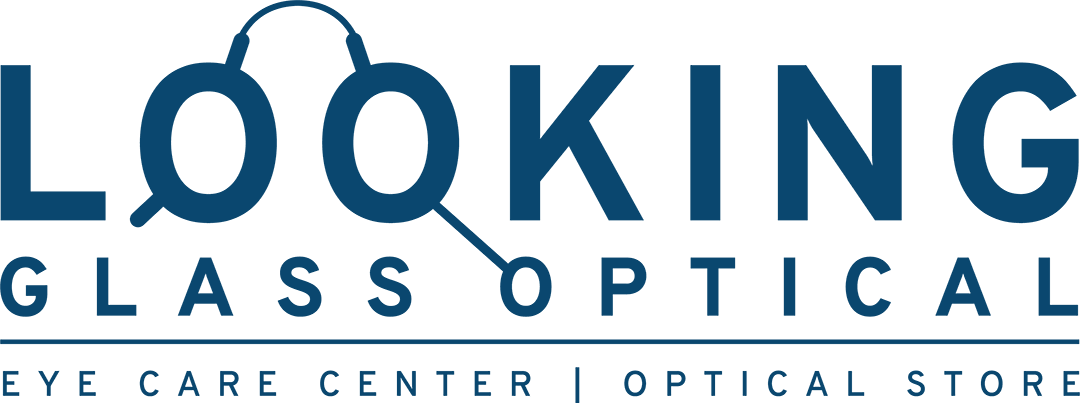Picture yourself enjoying a day outdoors, lounging in the sun, or playing with your dog. Suddenly, a strong wind comes, and some debris makes its way into your eyes. You blink, and they begin to water. While you went to remove the debris from your eye, your eyes themselves began the process immediately, thanks to tear production. Tear production is one of the most basic functions of your organs of sight, and it occurs for an important reason.
Read more →July 4th is a high-risk time for eye injuries. In 2019, there were 10,000 injuries and 12 deaths caused by fireworks. While big, bold, and mesmerizing backyard firework displays are exciting, your fun-filled 4th of July can be rudely cut short with a visit to the ER if a firework hits you or your loved one in the eye. Learning eye safety and fireworks is the key to avoiding such a scenario.
Read more →Your eyes deserve the same attention as the rest of your body. Pay your local optometrist an annual visit just like you do with your primary physician. If you don’t, there may be severe consequences for your health. Most common eye problems can be avoided through prevention and early detection.
Read more →Headaches are among the most common disorders of the nervous system in our body. Just about everyone has experienced their head hurting at least once in their life. But did you know that headaches and eyes are often intertwined? This is because most headaches you experience occur in the regions behind the eyes. If you feel pain in these regions, it might be a specific type of headache that requires certain treatment.
Read more →The eyes are often referred to as the windows to the soul. Even with this high status, you might take your eyes for granted. You rely on them every day to give you the information you need. Unfortunately, you probably don’t do much for them in return. Modern life, with its countless hours of screen time, can have detrimental effects on your vision. That is why it is so important to give your eyes the attention they need with regular vision check-ups. If you have a family history of vision problems, routine appointments are even more vital. In between visits to the eye doctor, you can monitor your eyes for any signs of vision issues.
Read more →COVID-19 vaccines are being rolled out across the United States, with all American adults now eligible for a vaccine. Multiple vaccines have been deemed safe by the U.S. Food and Drug Administration, including those from BioNTech and Pfizer. However, many people still wonder about possible side effects – Especially in regards to vision. There is no evidence to indicate that the COVID vaccine may have any widespread side effects related to eyesight. However, COVID infection has been linked to some rare instances of eye issues.
Read more →There are a lot of myths surrounding tanning bed safety, especially when it comes to your eyes. The claim that tanning beds are safer for eyes simply isn’t true – the fact is, a tanning bed is no different than laying out in the sun. If you are an avid tanner, you may be curious how damaging to the eyes tanning can be and whether it’s safer to use a tanning bed. The ultraviolet rays from tanning bulbs are the same as the UVA and UVB rays emitted by the sun – and no UV rays are safe for your eyes. What’s more, people over the age of 35 have a 75 percent higher risk of sun-related damage. Therefore, older folks should be even more careful when exposed to UV rays.
Read more →Did you know that lack of sleep can affect your vision? After a long night with too little sleep, you’ve probably experienced eye twitching, spasms, and puffy eyes. You’re not alone. Nearly one-third of all nights of sleep in America are “terrible.” On average, people need 7 hours of nightly sleep for optimal health but get only 5.5 hours. That’s over 100 million Americans suffering from lack of sleep. Yet lack of sleep can cause more than twitchy eyes. You need good sleep to keep your eyes in top-notch working condition. Let’s explore how sleep and vision are related – and how you can use sleep to keep your eyes healthy.
Read more →Spring is around the corner. That means no more gray skies or cold weather. It is the advent of summer! And when summer arrives, it is time for fun in the sun. Pool parties. Barbeques. Lots of sunlight. More outdoor time also means more air exposure. Sunshine, temperature, and storms all affect air quality. During heat waves, air quality can be at its lowest – especially during wildfire season in states like California or Idaho. Now, you might think air quality only affects your lungs. It doesn’t. It affects your eyes too. Because they are extremely complex and delicate, human eyes are fragile. They are just as vulnerable to air quality as your lungs. That might sound scary, but have no fear! In this post, we’ll show you how air quality and eye health are related and how to keep your eyes healthy.
Read more →Approximately 547,083 American children struggle with visual complications. As a parent, you can try a variety of techniques to help your child enjoy healthy vision. By ensuring your child consumes a healthy diet, carries out visual exercises, and goes for regular pediatric eye checkups, you can help them preserve and strengthen their eyesight.
Read more →










